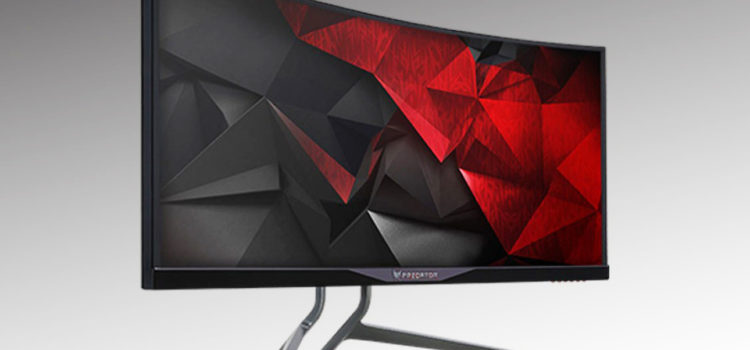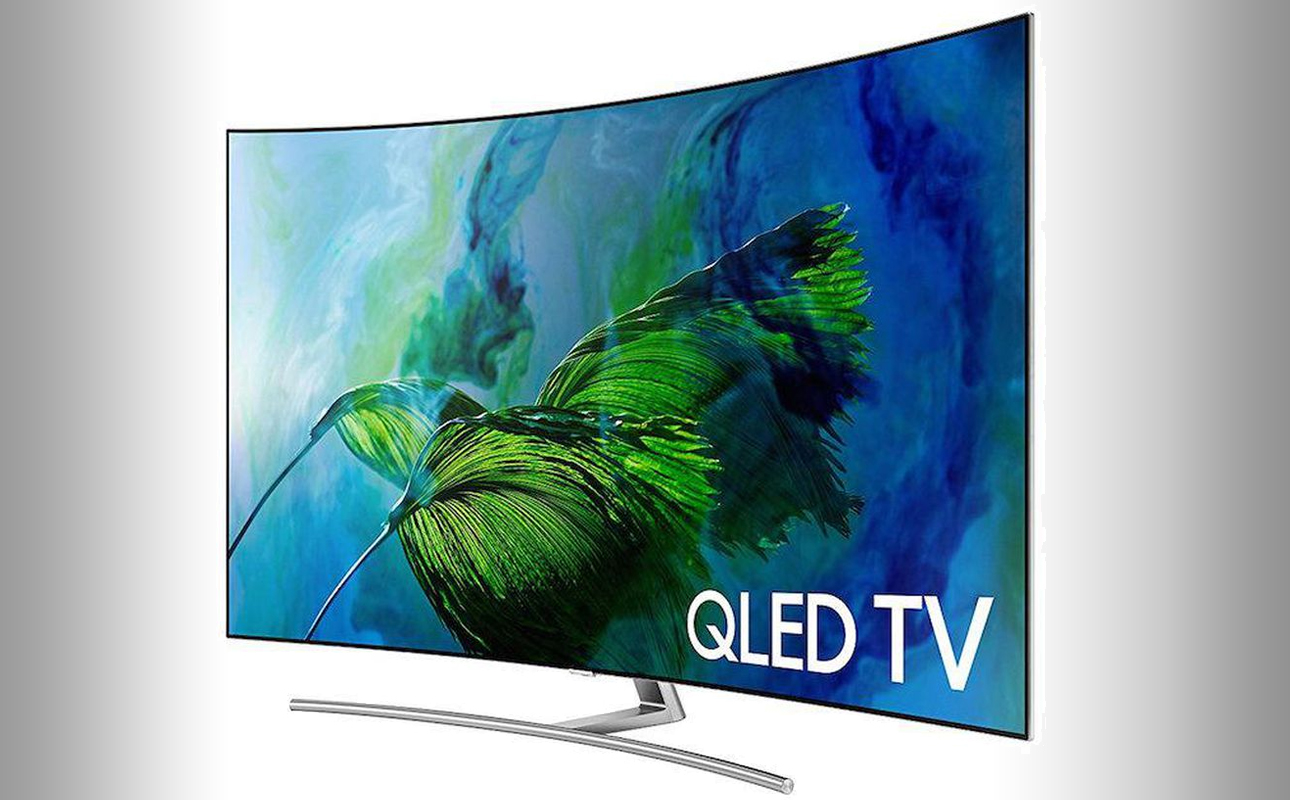The Nematic phase is one of the two major phases of liquid crystals, the other being Smetic phase. The Nematic phase is closer to a liquid substance than to a solid substance.
Twisted Nematic (TN) LCD describes a thin-film transistor LCD found in calculators, digital watches, smartphones and computer monitors.
The introduction of TN LCD technology in the 1970s was a breakthrough in display technology to help the commercialization of LCDs in electronic devices.
 How It Works
How It Works
TN display technology uses nematic liquid crystal placed in the midst of glass substrates dusted with ITO (indium-tin-oxide). The ITO is in turn coated with layers that rub in a direction.
Polarized light manipulation is the underlying principle in TN display technology. As light enters the TN cell, there is a twist in the polarization state with the liquid crystal director.
 Advantages Of Twisted Nematic LCD Technology
Advantages Of Twisted Nematic LCD Technology
The advantages in using TN panels made the TN LCD technology to be adopted for portable electronics in the 1990s.
-
Not Expensive
TN liquid display crystal technology is easy to implement. This means inexpensive manufacturing requirements for industries and an affordable end product for consumers. This has made the use of TN LCD to serve as a good replacement for CRT and LED technologies. It is also a cheaper alternative to newer technologies like AMOLED and IPS.
-
Power Consumption Efficiency
TN technology does not need any current requirement to function. It operates with low voltages. For this, it can be operated with batteries and other low power sources.
-
Has A Good Refresh Rate And Response Time
The response time of a pixel is the time lapse required for a pixel to change from a state to another. The unit of measurement is milliseconds. The smaller, the better. The refresh rate, in contrast, is the frequency at which the image of a display is refreshed. It is measured in Hertz. The superior refresh rate and pixel response time give the Twisted Nematic LCD technology the capability to display faster images in a short period of time.
 Disadvantages Of Twisted Nematic LCD Technology
Disadvantages Of Twisted Nematic LCD Technology
The disadvantages of TN LCD technology can be the reason it is not being adopted for many modern applications.
1. Bad Viewing Angle
The viewing angle of TN LCD technology is low. A user has to look up from a 90-degree range for a maximum visual experience and good performance. In a lower angle range view, colors tend to be duller while images will be darker.
2. Bad Color Reproduction
Unlike LCD’s IPS and VA panels, using TN panels produces poor color reproduction. This negative aspect of TN LCD may have resulted from the restricted viewing angle. The bad color reproduction also translates to inaccuracy in color production from the TN panels. This makes TN LCD not suitable for image-oriented works such as a graphic design, video editing, and photo editing.
3. No Fixed Quality
Twisted Nematic LCD panels vary in quality from different producers. When a low-quality product is adopted, the other disadvantages will be more pronounced in the output of the implementation such as the color implementation and the viewing angle. Cheaper and poor quality TN panels can also bring out another demerit of susceptibility of dead pixels.
No doubt, TN LCD technology was a breakthrough for LCD development.







